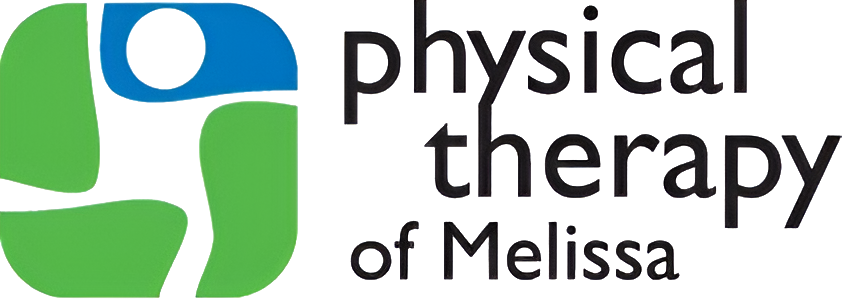
Are You Stretching Frequently? If Not, Here’s 5 Reasons Why You Should!
Improve Your Health and Wellness by Stretching!
Have you ever noticed how good stretching feels after a nap, when you first wake up in the morning, or after vigorous physical activity?
That good feeling just scratches the surface with the many healthy benefits you can get from regular stretching.
That’s why our physical therapist commonly recommends specific types of stretching exercises to complement other physical therapy modalities.
Why stretching is a big part of PT
Since stretching exercises offer so many important benefits, it’s not hard to see why we use them all the time in physical therapy.
Physical therapy can combine targeted stretches with strength building exercises, massage therapy, ultrasound therapy, heat or cold therapy, and many other techniques to help you feel better and stay healthy.
We can also make sure you are doing the right stretches for your needs and show you how to perform them safely.
Below are five ways you can improve your health, comfort and function by simply stretching!
1. Stress relief
Emotional stress can often turn into physical stress in the form of muscle tension, sleep problems, and suppressed immune function. In other words, it can make you sick!
Stretching exercises can help to release the accumulated tension in your body while also calming your mind.
Stretches that include mindfulness work (such as yoga) can prove especially helpful for easing the stress that might otherwise impair your health.
2. Chronic pain relief
Speaking of pain relief, you may be surprised and delighted to discover how just well stretching can work as a chronic pain management tool.
For instance, certain stretching exercises can undo the painful muscle knots associated with tension headaches or chronic pain syndromes such as fibromyalgia.
Stretching is also recommended to help control arthritis pain and stiffness. Our physical therapist can determine which kinds of stretches will best suit your needs.
3. Increased blood flow
Stretching doesn’t just relax your muscles; it also helps them receive the nourishment they need.
That’s because when your muscles are tight and stiff, blood doesn’t flow through them as easily – and blood contains the oxygen and other nutrients necessary for optimal tissue health and performance.
Stretching to ease that muscle tension gives your circulation a welcome boost. The same effect also helps your tissues rid themselves of unwanted, pain-causing substances such as lactic acid.
4. Injury prevention
Athletic events, physical training, or demanding labor can leave you with a painful strain or sprain, especially if those tissues were “cold” when they were subjected to their burdens.
Gentle, careful stretching before a challenging activity can reduce your risk of acute injury. Stretching immediately after your activity will also remove any muscle tension that may have accumulated during your strenuous activity.
5. Increased flexibility
Are you frustrated because you don’t seem to have the same range of motion that you once did? A variety of musculoskeletal challenges can reduce your flexibility, creating stiffness and making certain motions uncomfortable or even impossible.
Stretching can gently coax the stiffness out of tight tissues. Depending on the cause and location of your stiffness, our physical therapist may prescribe exercises such as hamstring thigh hip, chest, shoulder, upper back, or bicep/tricep stretches to loosen you up and improve your mobility.
So, what else should I know about stretching?
It is also quite common for a physical therapist to prescribe various stretching exercises for individuals suffering from chronic pain conditions. Stretching is of particular importance when you become less mobile due to issues such as osteoarthritis. The less you move your joints, the more likely your muscles and connective tissues will be to lose some of their length.
This change clearly limits your joint motion even further and leaves you in even more pain. Stretching naturally supports PT recommendations such as walking, heat therapy, or massage therapy, in order to increase blood flow to painful joints and widen your pain-free range of motion.
Chronic pain syndromes often involve muscle tightness. Syndromes such as fibromyalgia and myofascial pain syndrome can cause muscle knots that limit muscle movement, resulting in pain to other parts of the body. Regular stretching can help you untie those painful knots.
Get started today!
Are you ready to stretch your way to a happier, healthier lifestyle?
Please contact PT of Melissa today to learn more and schedule an appointment. We don’t stretch the truth when we say we can help!
Source:
- https://www.thehealthy.com/mental-health/stress/stretching-exercises-for-stress-relief/
- https://www.arthritis.org/living-with-arthritis/exercise/how-to/stretching-benefits.php
- https://www.webmd.com/fibromyalgia/ss/slideshow-fibromyalgia-friendly-exercises
- https://www.verywellfit.com/does-stretching-matter-3119195
- https://www.painscience.com/articles/stiffness-and-rom.php
- http://guidetoptpractice.apta.org/content/1/SEC40.extract
- https://www.coachup.com/nation/articles/the-10-best-stretches-for-total-body-flexibility
- https://www.healthline.com/health/benefits-of-stretching#benefits
- https://eastsidesportsrehab.com/5-ways-stretching-can-improve-your-overall-health-2/
